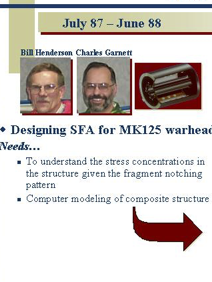Any good AD system should have overlap and point defenses, but that said the combination of high velocity, high altitude, and rapid bearing changes probably makes a SAM battery its own best line of defense unless an AD battalion is closely packed or employs data feeds from off site radars.
This is a problem for all sides trying to counter such an attack. CENTCOMs Al Uldeid has a pair of visible MIM-104 batteries and Kadena AFB has an entire battalion assigned to it.
This is a problem for all sides trying to counter such an attack. CENTCOMs Al Uldeid has a pair of visible MIM-104 batteries and Kadena AFB has an entire battalion assigned to it.















